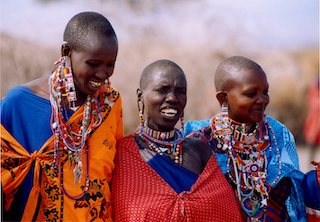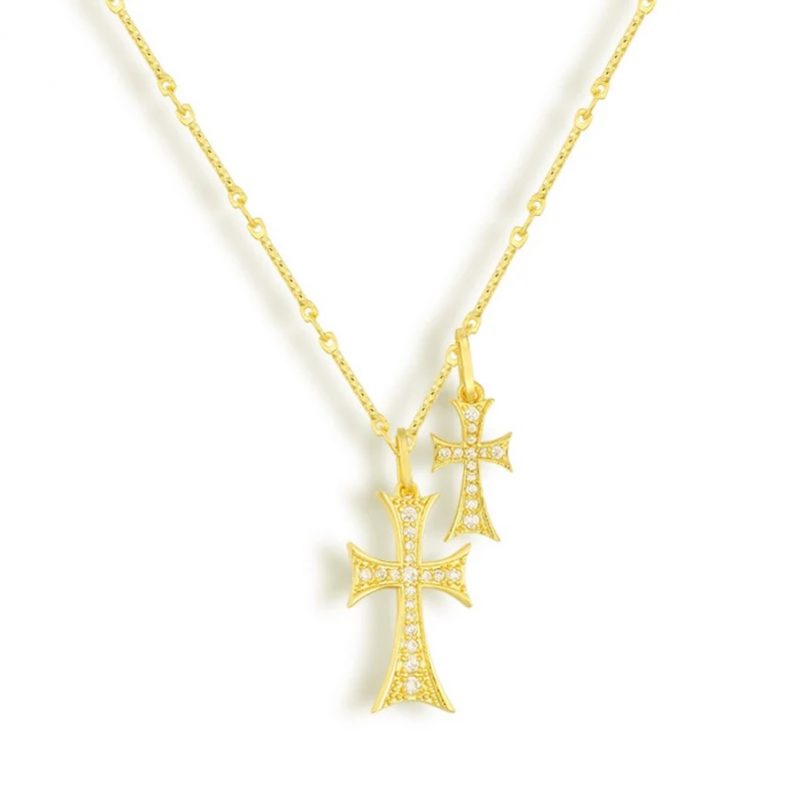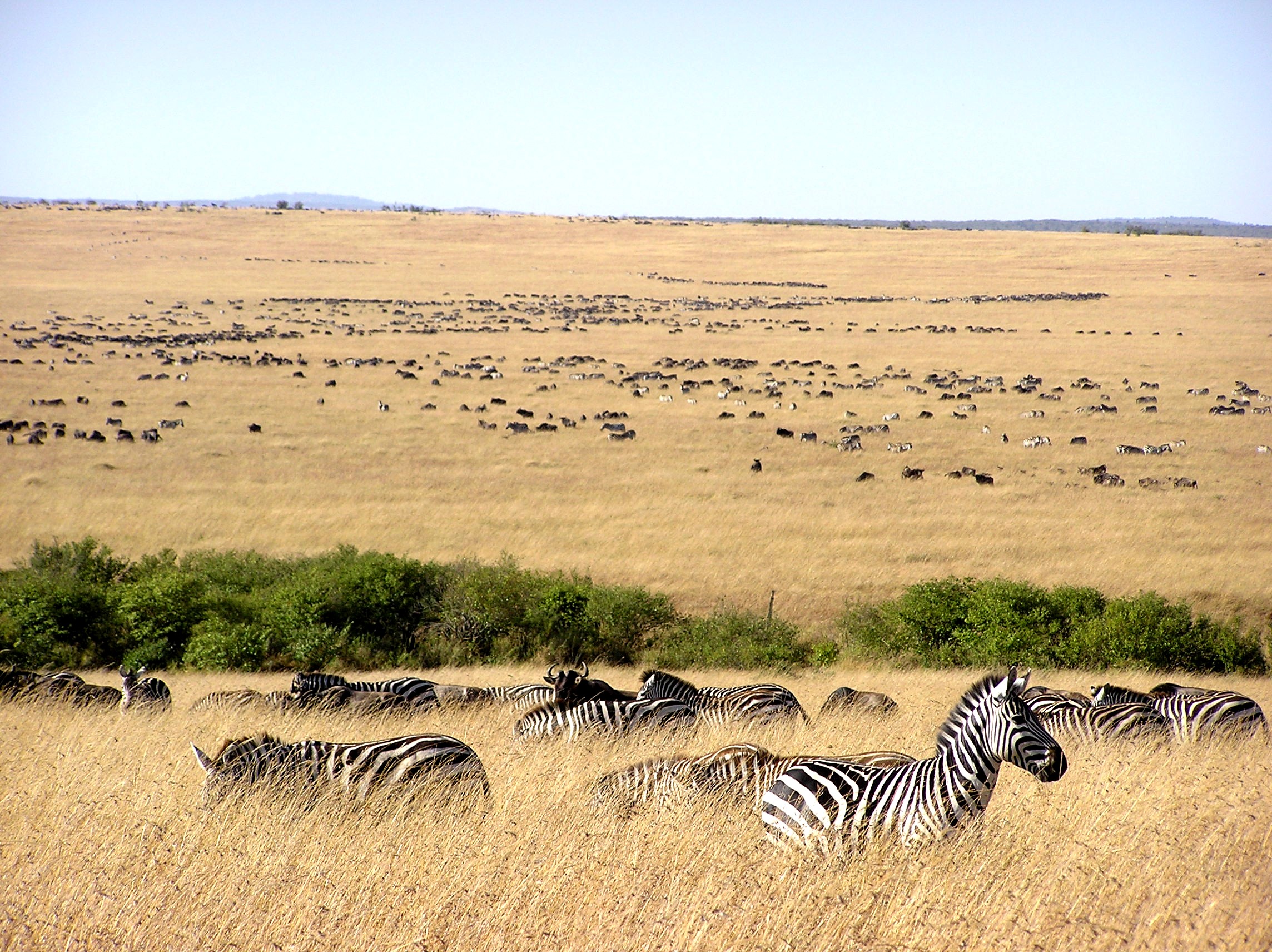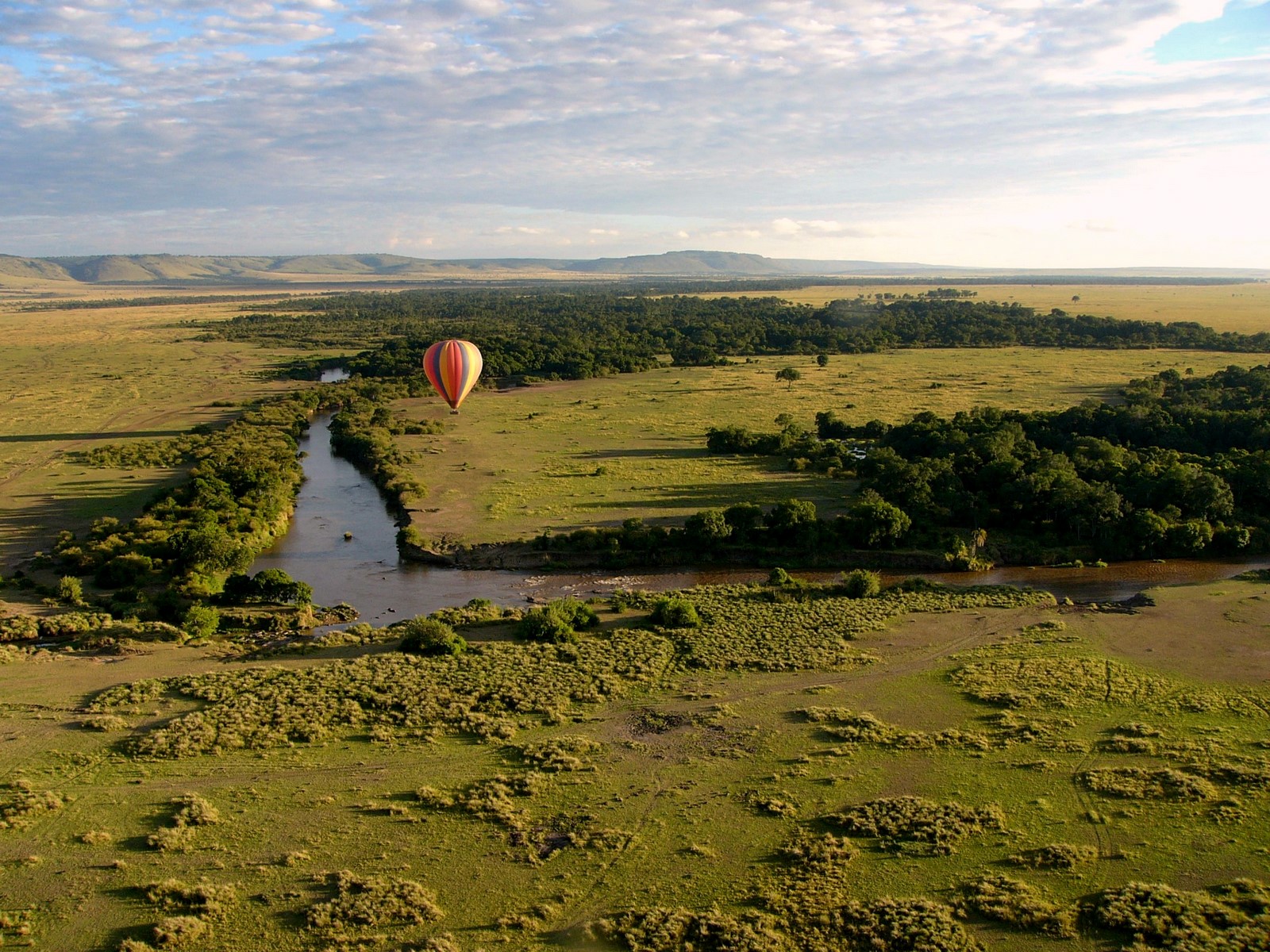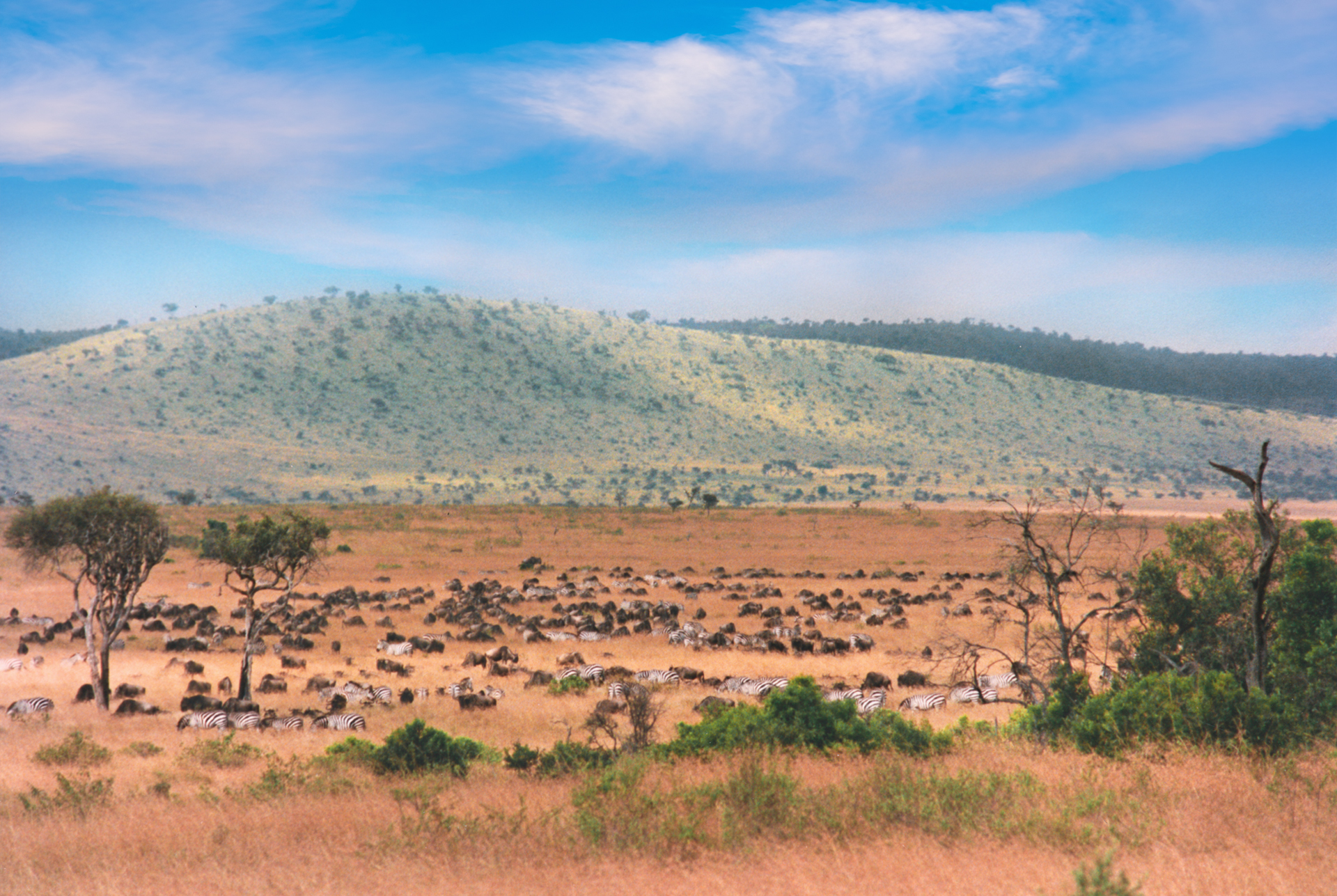Masai People And Their Cultural Legacy
Masai people are one of the most iconic ethnic groups in Kenya, known for their culture, traditions, and vibrant way of life. Situated in the heart of East Africa, they have played a crucial role in shaping Kenya’s culture and land scape. This guide talks about the Masai people, their history, culture practices, and their impact on Kenya’s tourism and heritage.
Introduction to Masai
The Masai, or Maasai, are a Nilotic ethnic group with rich heritage and wander lust life. Predominantly found in Kenya and northern Tanzania, the Masai are famous for their traditional customs, attire, and social structures. Their presence and culture practices have made them a symbol of Kenya’s diverse heritage and a vital part of their identity.
Historical background of the Masai
Origins
The origins of the Masai are rooted in the Nilotic-speaking areas that came from the north into the East African region around the 15th century. They settled in the vast plains of what is now Kenya and northern Tanzania. The Masai travelled from the Nile Basin and settled themselves in the rich plains of the Great Rift Valley, changing their wander lust life to the area’s conditions.
The Masai people have been nomads, relying heavily on cattle as their primary source of life. This focus on cattle has shaped many aspects of their culture, economy, and social structure.
History
Throughout history, the Masai have mingled with various nearby people and powers. During the British period, the authorities had control over their lands, leading to conflicts and significant changes in the Masai way of life. Despite these challenges, the Masai have managed to keep intact many aspects of their culture and continue to maintain their traditional practices.
Masai social structure and family life
Tribe
The Masai social structure is organized into various clans, each with its own lineage and traditions. The community is divided into age sets, which are groups of individuals born around the same period and who go through the same rites of passage together. These age sets play a crucial role in Masai society, with each set having specific roles.
The leaders of the Masai tribe are made up of elders, who are looked upon for their wisdom and experience. Decisions regarding matters, such as land use and conflicts, are often made by these elders in tandem with the broader community.
Roles
Im the Masai society, men hold primary authority and make all decisions. Men are responsible for herding cattle, raiding, and looking after the community. Women, on the other hand, manage home duties, including caring for children, preparing food, and tending the homes.
In recent years, there has been a gradual shift towards greater gender parity, with women making decisions and community development activities.
Cultural practices and traditions
Traditional clothing
Masai clothing is iconic. The traditional attire for Masai men includes shúkà, a red or checked cloth wrapped around the body and secured with a belt. Women wear beaded necklaces, ear rings, and bead work that show their social status and cultural identity.
The elaborate beadwork worn by Masai women is not only decorative but also carries cultural significance. Each bead color and pattern represents different meanings and statuses within the community. Traditional Masai jewelry is an important aspect of their cultural heritage and is worn during ceremonies and important events.
Rites of passage and ceremonies
Rites of passage are crucial to Masai culture, marking the transition from one stage of life to another. Key rites of passage include circumcision. Both boys and girls perform it as a significant cultural ritual. The ceremony signifies the transition from childhood to adulthood and is accompanied by various traditional practices and celebrations.
Other important ceremonies include the initiation of young warriors, known as the “Morans,” who undergo a series of trials and rituals to become adults and take on the responsibilities of protecting the community. Marriage ceremonies are also significant, often involving elaborate rituals, feasting, and traditional dances.
Masai livelihood and economy
Pastoralism and agriculture
Historically, the Masai have relied primarily on pastoralism, herding cattle, sheep, and goats. Cattle are central to Masai life, serving as a source of food, wealth, and social status. The Masai practice a semi-nomadic lifestyle, moving with their herds to find fresh pastures and water sources.
In addition to pastoralism, some Masai communities have begun to engage in small-scale agriculture, growing crops such as maize and beans. This shift is due to the changes in land use and economic pressures, but traditional pastoral practices remain a central aspect of Masai life.
Modern economic changes
In recent years, the Masai have faced various economic challenges, including land fragmentation, climate change, and the pressures of modern development. The introduction of new economic opportunities, such as tourism and education, has provided alternative sources of income and livelihood.
However, these changes also pose challenges, as the Masai navigate the balance between preserving their cultural heritage and adapting to modern economic realities. Efforts to integrate traditional practices with contemporary opportunities are ongoing, aiming to support the Masai community’s development while respecting their cultural values.
Tourism and the Masai
Cultural tourism
Tourism has become an important aspect of the Masai economy, with visitors attracted to the region for its unique cultural experiences and wildlife. Cultural tourism provides an opportunity for travelers to learn about Masai traditions, participate in traditional ceremonies, and interact with local communities.
Masai villages often welcome tourists, offering guided tours that showcase their way of life, including traditional crafts, dances, and storytelling. These interactions provide valuable cultural exchange and support for local livelihoods.
Impact of tourism on Masai communities
While tourism offers economic benefits, it also presents challenges for the Masai. Issues such as cultural commodification, environmental impacts, and changes in traditional practices are areas of concern. The tourism authorities are making every effort to ensure that they conduct tourism affairs in a manner that respects Masai culture and contributes positively to their communities.
Collaborations between tourism operators, local communities, and conservation organizations aim to promote sustainable tourism practices that benefit both visitors and the Masai people. This includes ensuring fair compensation for cultural experiences and supporting community-based conservation initiatives.
Conservation and development challenges
Environmental pressures
The Masai region faces significant environmental challenges, including land degradation, deforestation, and climate change. The expansion of agriculture and human settlements has impacted traditional grazing lands and natural habitats.
Efforts to address these environmental pressures include community-based conservation programs, reforestation projects, and sustainable land management practices. These initiatives aim to protect natural resources while supporting the Masai community’s needs and traditional practices.
Social and economic challenges
The Masai face various social and economic challenges, including access to education, healthcare, and infrastructure. Modernization and economic development have brought both opportunities and difficulties, as the Masai navigate the impacts of change on their traditional way of life.
Addressing these challenges requires a balanced approach that respects Masai cultural values while promoting development and improving quality of life. Collaborative efforts involving government agencies, NGOs, and local communities are essential for finding sustainable solutions.
Masai is a dynamic culture
The Masai people are a vital part of Kenya’s cultural and historical heritage. Their rich traditions, social structures, and way of life offer a unique glimpse into the diversity of human experiences and cultural expressions. From their vibrant clothing and ceremonies to their role in Kenya’s tourism industry, the Masai continue to be a symbol of cultural resilience and identity.
Understanding the tribal involves recognising the beauty of their traditions and the challenges they face in a rapidly changing world. By lasting development and tourism, we can help to the upkeep of their culture and ensure that their heritage remains a part of Kenya’s legacy.
Whether you are interested in cultural tourism, exploring traditional practices, or learning about the intersection of modernity and tradition, the Masai offer an unparalleled journey into one of Kenya’s most enduring and dynamic cultures.

